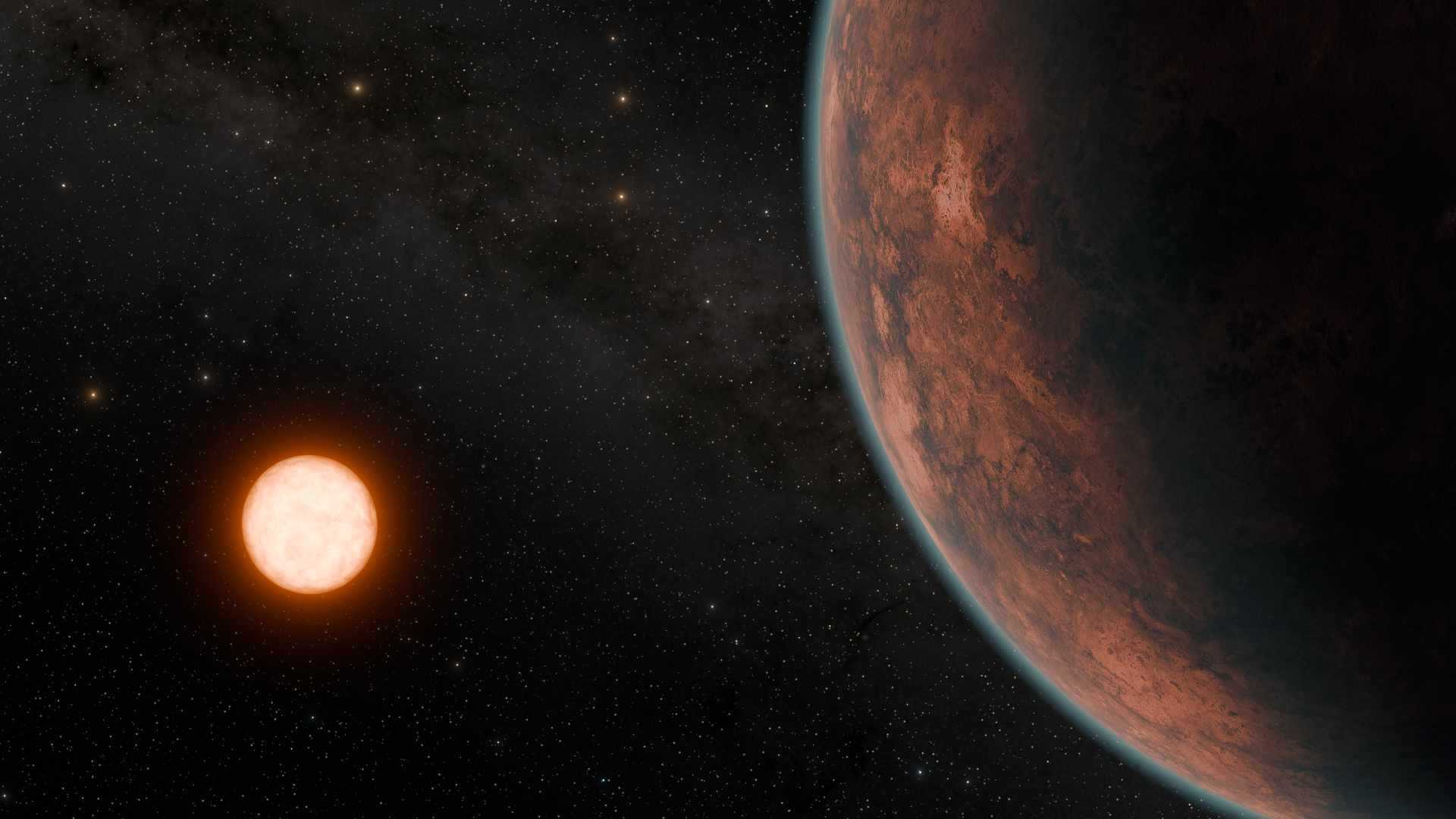A huge streak of light was spotted falling from the heavens over Australia on Wednesday night, lighting up the sky.
The fireball can be seen in footage from Western Australian local dashcams and observatories, burning with a bright blue-green color as it fell.
"That was a bloody ripper of a meteor tonight. Our Facebook page, info email address and phones have been inundated with people who saw this beautiful meteor tonight at 8:50 p.m. from around the southwest of WA (Western Australian)," Perth Observatory posted to Facebook alongside a video of the falling meteor. "This video is from our southwest night camera on the Global Meteor Network."

Another video of the meteor posted to Reddit showed the bright hue of the meteor during its descent.
"I will say it was way better in person," Reddit user u/perfectlyhydrated captioned the video they uploaded to the subreddit r/Perth. "It looked almost rainbow colored. Just spectacular. Did make me wonder for a second if World War III was starting, or a firefighting plane was going down!"
Others in the comments replied, saying they had also seen the spectacular display.
"Was outside emptying the bins when it lit up the sky, it was a blue-green light. Thought it was a flare at first, but wasn't sure until I saw the vision of it," one user replied.
"Such a weird night tonight. A raging bushfire is creeping in on my suburb (which I never thought I would see happen) and now we have green meteorites lighting up the sky. It's like the apocalypse over here," another said.
Fireballs like this one are usually caused by meteors that are larger than average, also known as bolides, that vaporize in a flash of bright light due to the intense heat generated from friction with the atmosphere. The green color of the fireball is thought to have come from iron in the meteor, local outlet 7NEWS reported.
Some other commenters on the Reddit post suggested that the meteor may be a larger object from the Leonid shower, which peaked in activity on Friday night.
The Leonids are an annual meteor shower that occurs as the Earth passes through a plume of ice and rock left behind by a passing comet.
"The Leonids are one of several regular, predictable meteor showers known to display throughout the year," Samantha Rolfe, technical tutor at the University of Hertfordshire, U.K., told Newsweek.
"They are a result of the Earth passing through a debris cloud left behind when a minor planetary body like a comet or asteroid pass through the inner solar system. The Leonids are due to a comet that orbits the Sun once every 33 years.
"The debris cloud is because Temple-Tuttle (the comet) is being heated by the sun while it is in the inner solar system, which releases gases pushing out small rocky particles at the same time."
"As the Earth passes through the part of its orbit that intersects with the path of the comet's trail of debris, the rock and ice fall into our atmosphere," Rolfe explains.
"These are typically sand grain-sized and become meteors when they interact with the Earth's atmosphere. They vaporize and produce a quick, bright flash lasting around a second that we know commonly as a 'shooting star.'
"The debris cloud means we see a higher-than-normal number of shooting stars during the meteor shower. For the Leonids, at its best it could be up to 10 per hour from a dark sky location. We might see one or less per hour normally because of random small pieces of rock in the solar system."
However, it's possible that the meteor may also have been a stray space rock unrelated to the Leonids, just happening to fall to Earth over Western Australia.
Did you see it?! ☄️🤯
— 9News Perth (@9NewsPerth) November 22, 2023
Perth residents were treated to a show last night, after a bright green meteor blazed through the atmosphere. #9News
READ MORE: https://t.co/aelfyQmtqr pic.twitter.com/mg545OVQwI
Curtin University's Desert Fireball Network is trying to figure out where the meteor ended up and if any part of it survived its descent, using the trajectory of the meteor through the sky, Perth Observatory explained in their post. If the rock was large enough, there may be some remaining.
"When the original [rock] is very big, more than 50 to 100 meters (164 to 328 feet), it is likely to keep most of its speed and survive passage through the atmosphere," Annemarie E. Pickersgill, a meteorite-impact scientist at the University of Glasgow in Scotland previously told Newsweek.
Do you have a tip on a science story that Newsweek should be covering? Do you have a question about fireballs? Let us know via science@newsweek.com.

Uncommon Knowledge
Newsweek is committed to challenging conventional wisdom and finding connections in the search for common ground.
Newsweek is committed to challenging conventional wisdom and finding connections in the search for common ground.
About the writer
Jess Thomson is a Newsweek Science Reporter based in London UK. Her focus is reporting on science, technology and healthcare. ... Read more





